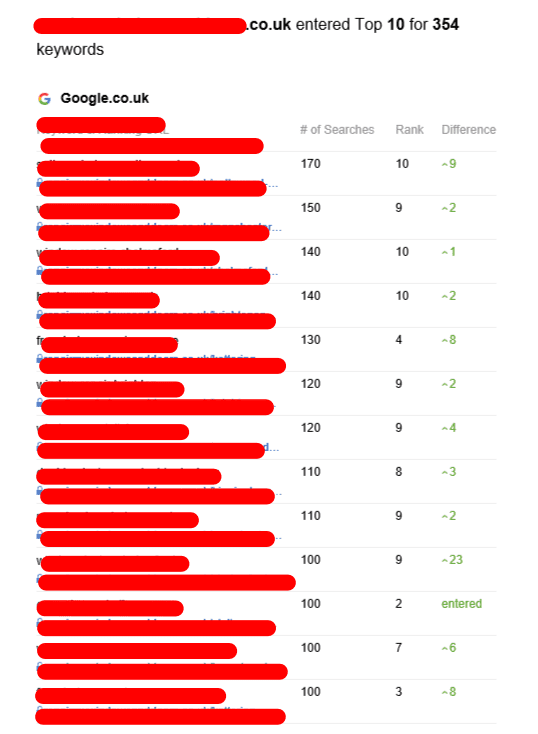Tiered Link Building - The Dangers of Black Hat Link Building
Tiered link building is a fantastic method to boost your search engine rankings. It is important to remember that black-hat tactics can be detrimental. Over the years search engines like Google have cracked down on these tactics with their many updates.
It is essential to stay clear of employing black-hat SEO techniques, like PBNs or blog commenting. These techniques are wasteful and could result in penalties from Google.
First-tier links
This method of building links involves putting links on websites that have a high domain authority (DA) and plenty of monthly traffic. This is an excellent method to make your site visible by search engine. However, it is not the perfect solution for every scenario. It could lead to a temporary boost in rankings however it is crucial to concentrate on the quality of your backlinks.
The goal of first-tier backlinks is to increase your profile by adding few natural-looking, high-quality and natural-looking links. This will allow you to rank for keywords that are relevant to your industry. It will also help your website to gain more credibility which is crucial to receiving the highest number of visitors from search engine results.

While some SEOs of the black hat advocate tiered link building, it's still a risky method. It's not compatible with Google Webmaster Guidelines, and if an actual human reviewer finds out, they could take a manual action which could have a major impact on your rankings.
Your first-tier link appear as natural as possible to avoid this risk. They should be relevant to the article they are embedded into and not obvious or spammy. It is also important to determine if the directory where you're posting your first-tier hyperlink has been classified by Google. You can check this by entering the URL of the directory to a search engine such as Google and checking the number of results that appear.
Second-tier links
Tiered link building is an excellent method to increase the effectiveness of your PBN, but it also comes with a risk. Google is cracking down on links which appear artificial and the low-quality link that tiered linking construction relies on becomes less effective with time. This kind of link building can result in penalties for your website and even lower your ranking.
It is important to avoid a penalization by using white-hat methods when creating your second-tier link. You can utilize high-quality content on websites that relate to your field. These websites will be more authoritative than forums or comments, and are more likely to be clicked on by people who are interested. It is also possible to submit articles to relevant directories. Sign up for HARO. This subscription service will send you daily emails containing the subjects that journalists are interested in covering.
Second-tier links not only boost the authority of your PBN but can also improve the quality and quantity of your primary backlinks. This is because if you create second-tier backlinks on sites which already have a high domain authority, they'll help to boost the authority of your primary backlinks. It is recommended to mix second-tier standalone links with secondary links from the second tier to complement primary links. This will increase the benefits.
Third-tier links
Tiered link building is a popular strategy for increasing the authority of webpages. It can be used to increase traffic, increase rankings, and increase revenue. This technique involves using an array of backlinks that gradually increases in quality. It also helps to avoid spam filters.
However the process of tier link building can become risky if it is not done correctly. If you have excessively low-quality links it could cause Google to penalize your website. Google's Webmaster Guidelines do not allow for tiered linking.
Tier 1 links are among the top quality backlinks that you can get. They must be tied to the keywords you're targeting and relevant to the content of your page. This will help you rank for the target keyword and result in more visitors to your site.
Tier 2 links have a lesser importance. They are typically to directories, blogs, and Q&A sites. Tier 3 links are slightly more shady, however they still have value. They include comment sections, forums and bio-profile links. In general, people who engage in tiered link building tends to ignore quality, relevance to context, context, and quality at this stage. They employ automated tools to create third-tier links and link them to pages with low authority.
Fourth-tier links
Tiered link building is a successful strategy that can improve the ranking of a site's organically. It is only effective when combined with other SEO strategies that are white-hat. Google may penalize your website if you do not follow these guidelines. Google penalizes sites that use tiered links due to the fact that they often are linked to poor-quality content.
Tiered links may also be connected to websites and blogs with poor quality. tier 1 seo means that they can be deemed useless as search engines start to deem them as spammy and irrelevant. Additionally, these links can be located on low-quality social media profiles as well as web 2.0 platforms and other sites with content created by users. The quality of these backlinks can be low and can be created by using automated tools.
Alongside these drawbacks tiered links could create a backlink profile that is excessively exaggerated. This can cause harm to a website's SEO optimization. It is hard to distinguish between high-quality links as well as low-quality links. It is also costly for a business to maintain a large amount of backlinks. Therefore, it is advisable to employ tiered link building together with an overall strategy for content marketing. This will ensure your content is relevant to your audience and is more likely to bring traffic towards your website.
